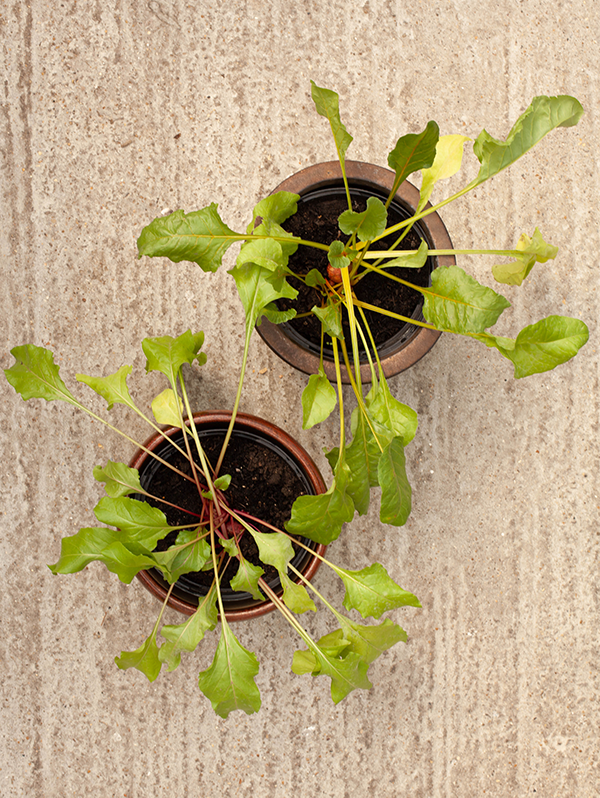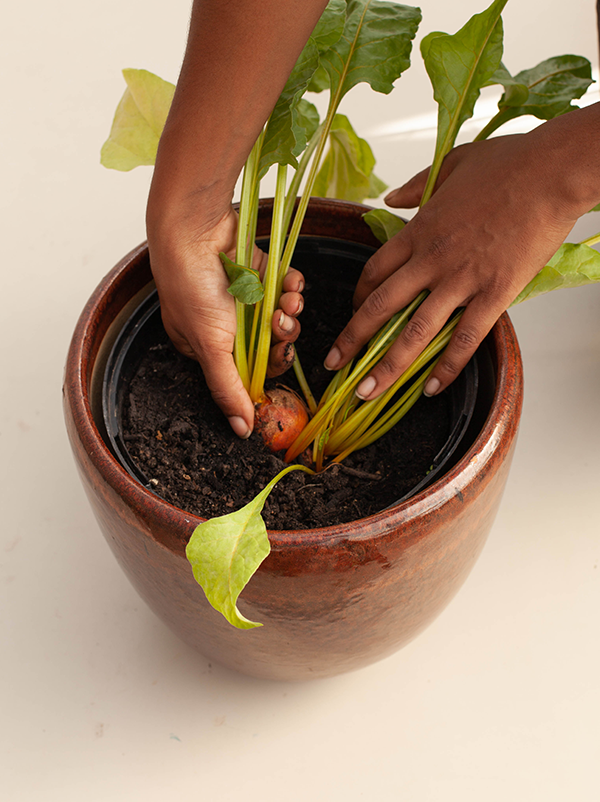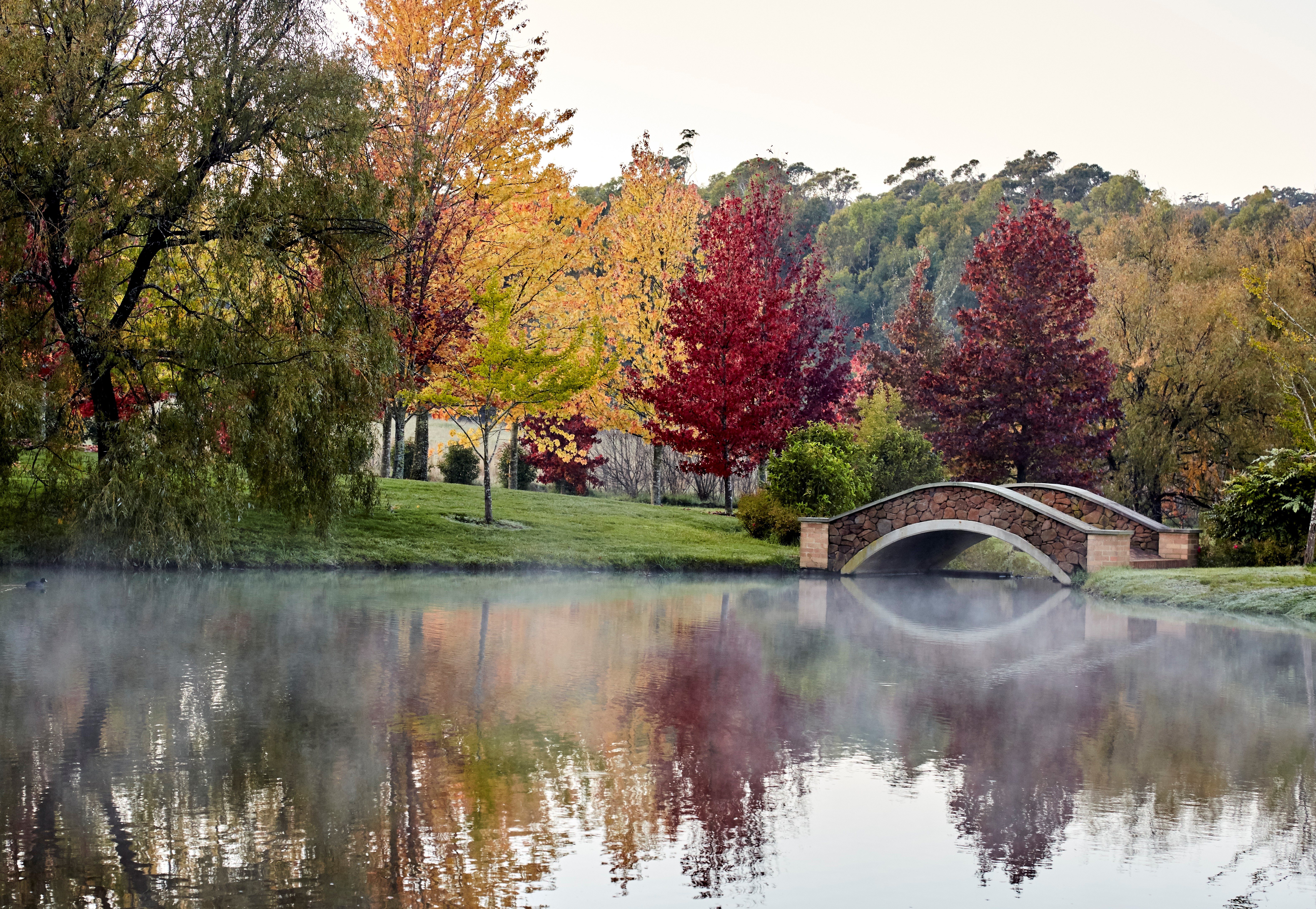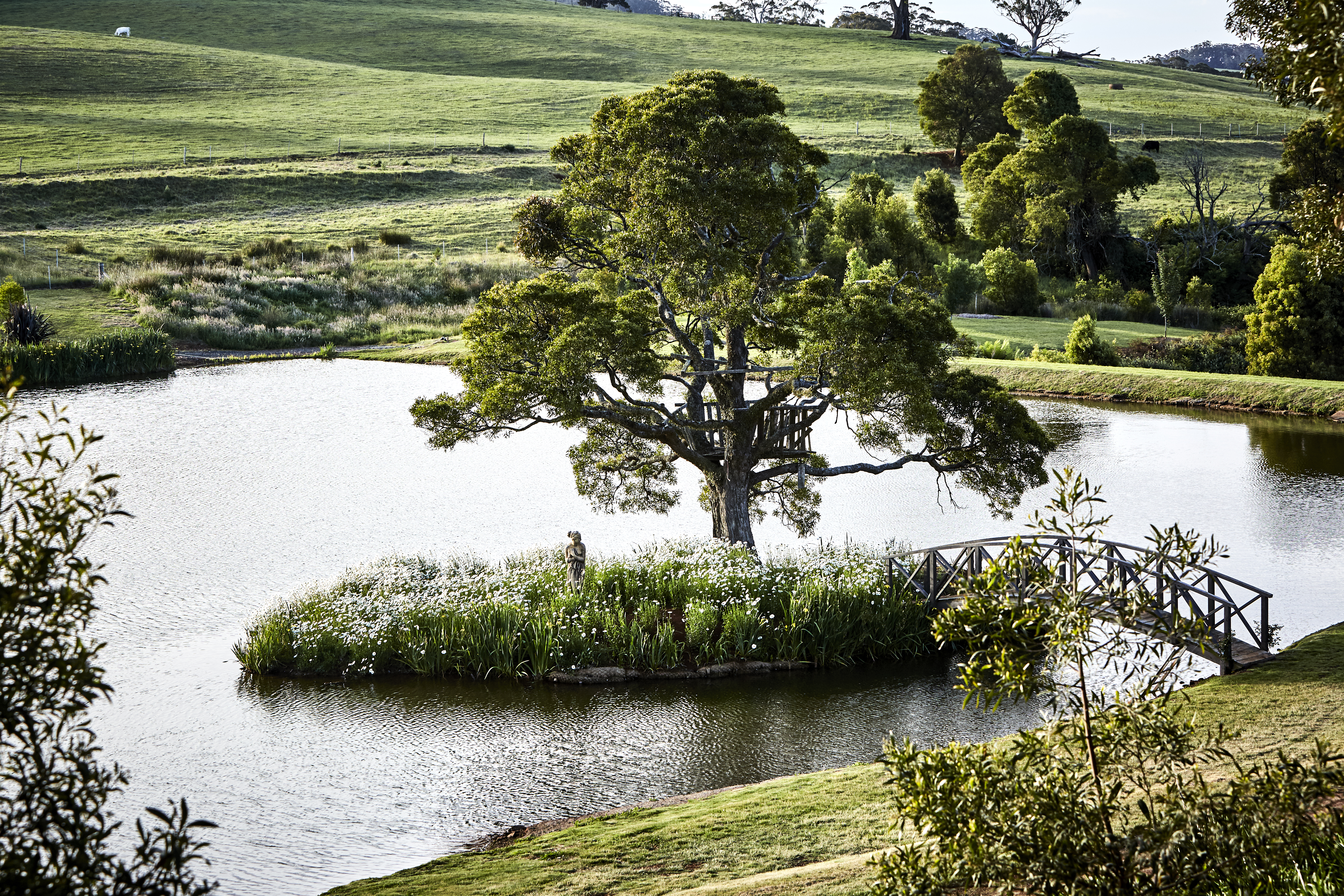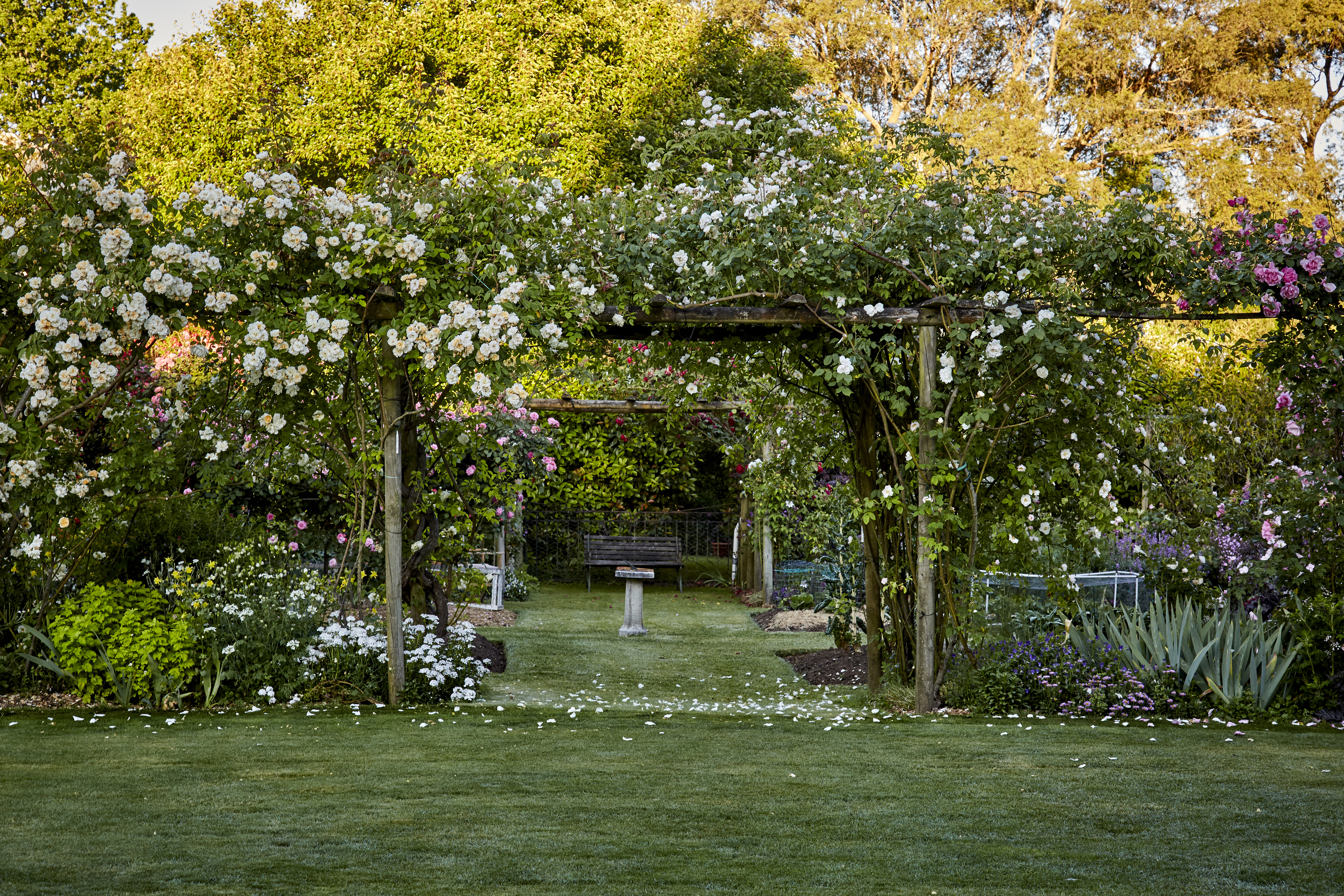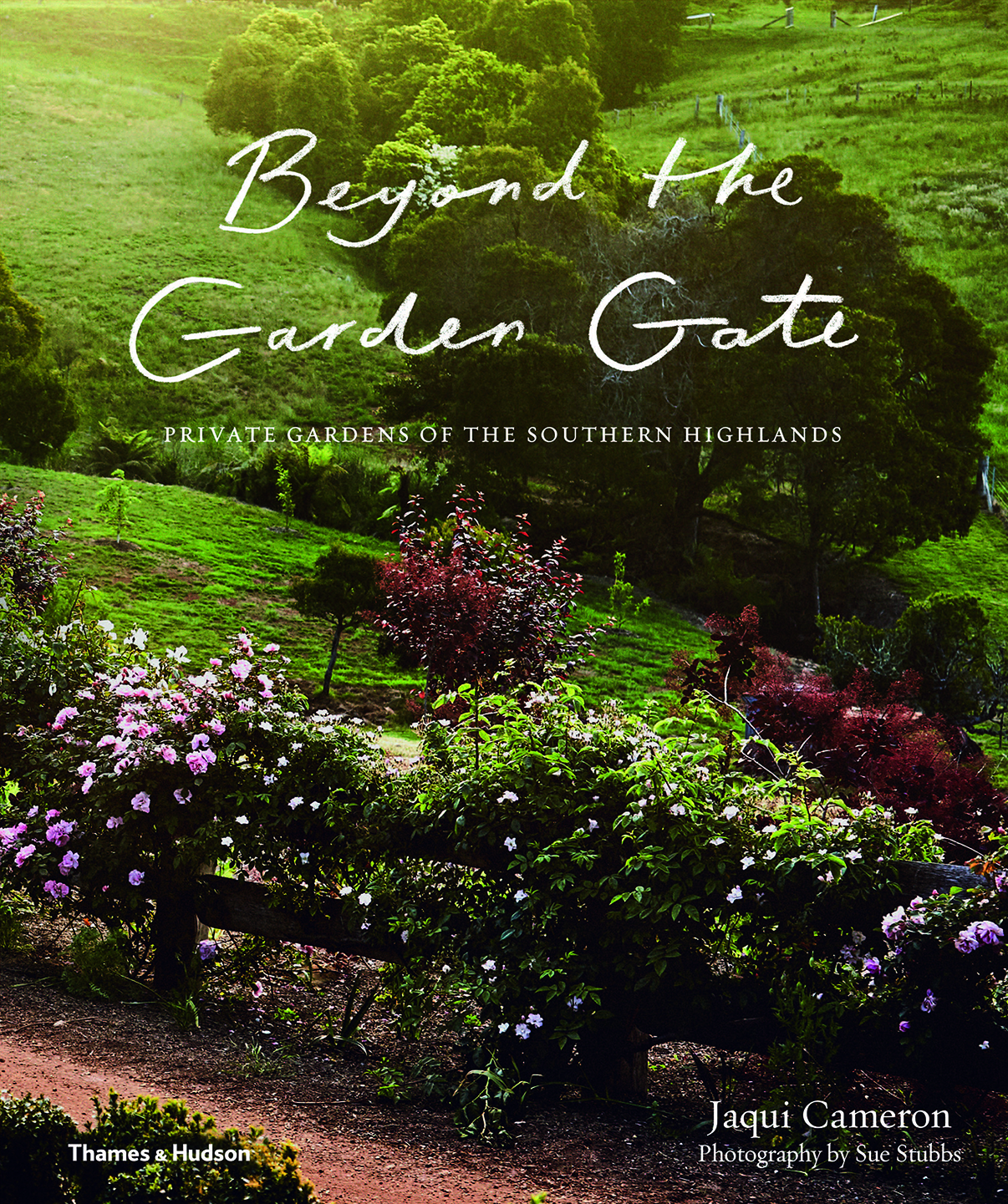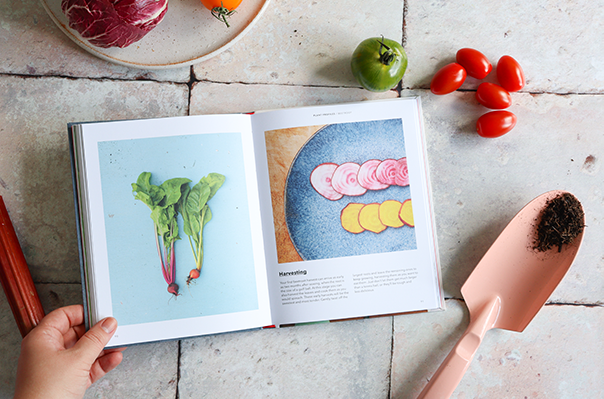
There is little more satisfying than growing something you can eat. The joy of picking a ripe tomato, digging out a wonky potato or ripping off some fresh basil leaves is spring’s very own drug.
Claire Ratinon is an organic food grower who once grew food for Ottolenghi’s kitchen. In this extract from her first book, How to Grow Your Dinner Without Leaving the House, Claire demystifies an Australian favourite: beetroot.
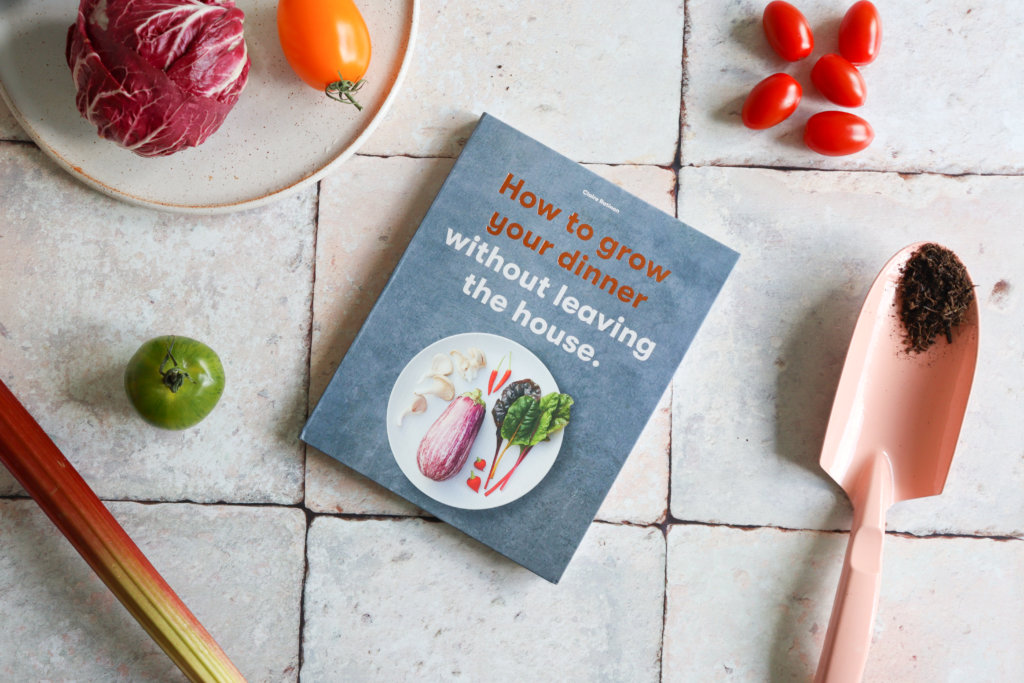
As a child, I only ever tasted cooked supermarket beetroot. It was always a bit soggy and sour, and made all that touched it bright pink. Suffice to say, it was not my favourite. But as a grown-up vegetable fancier, I find my love for beetroot is constantly expanding. I’ve come to appreciate its earthy sweetness, and I adore the colours and tastes of the more unusual varieties, such as ‘Choggia’, with its concentric circles of magenta and white, or golden beetroot, which is a bright, warm yellow in appearance and flavour. You can also eat the highly nutritious leaves, although take only a few at a time or your beetroot plant will stop growing.
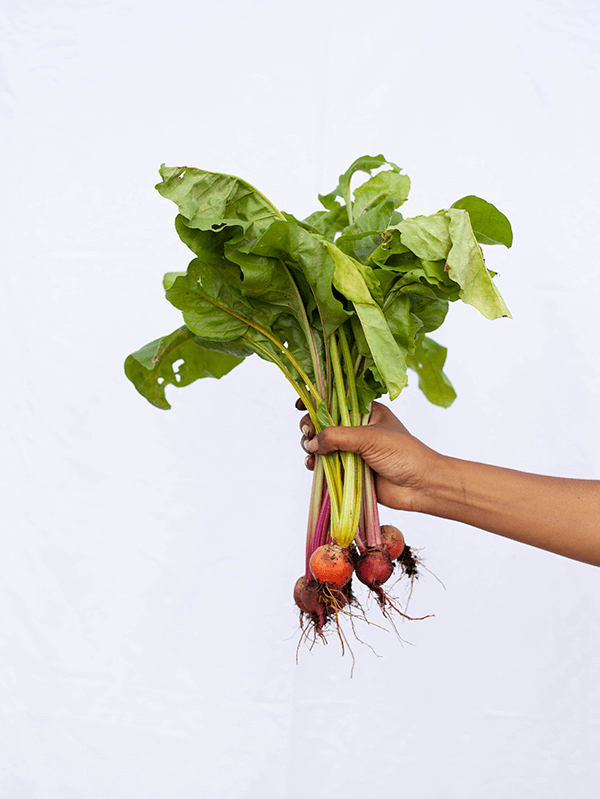
Timing
You can sow beetroot seeds indoors from early spring, plant them out 4–6 weeks later and harvest by early summer. Sow seeds every few weeks if you have the space, for a regular supply. Seeds sown in mid summer will yield roots that can be kept into winter, as long as they’re harvested and stored before the first frost.
Getting started
Beetroot seeds benefit from being soaked before sowing so put your seeds in a glass of water for 24 hours. Plant a couple of seeds in each module, as they grow well in a little group. Each seed is actually a cluster of seeds with the potential to produce a few germinated seedlings, so thin the bunch down to four or five strong plants while they’re still small. You can also sow directly into the final container. If you’ve used modules, transplant the seedlings while they’ve got two sets of leaves per plant: they won’t appreciate being moved once they’re bigger.
Growing
Container
Beetroot doesn’t need a huge container, and you can plant one cluster of seedlings in a 5-litre pot with a diameter of 22cm. If you grow the plants close together, you will still get a harvest but the roots will be on the small side.
Water
It’s important not to let your beetroot plants dry out or their roots will become woody, so be generous when you water, especially in hot, dry weather.
Light
Beetroot grows best in a sunny position, but it can tolerate some shade as long as it has had a strong start in life, with adequate light.
Feeding
Beetroots are vigorous growers and will benefit from feeding when grown in pots. A fortnightly feed of liquid seaweed or comfrey will support the plants to grow and roots to develop.
Harvesting
Your first beetroot harvest can arrive as early as two months after sowing, when the root is the size of a golf ball. At this stage you can also harvest the leaves and cook them as you would spinach. These early harvests will be the sweetest and most tender. Gently twist off the largest roots and leave the remaining ones to keep growing, harvesting them as you want to eat them. Just don’t let them get much larger than a tennis ball, or they’ll be tough and less delicious.
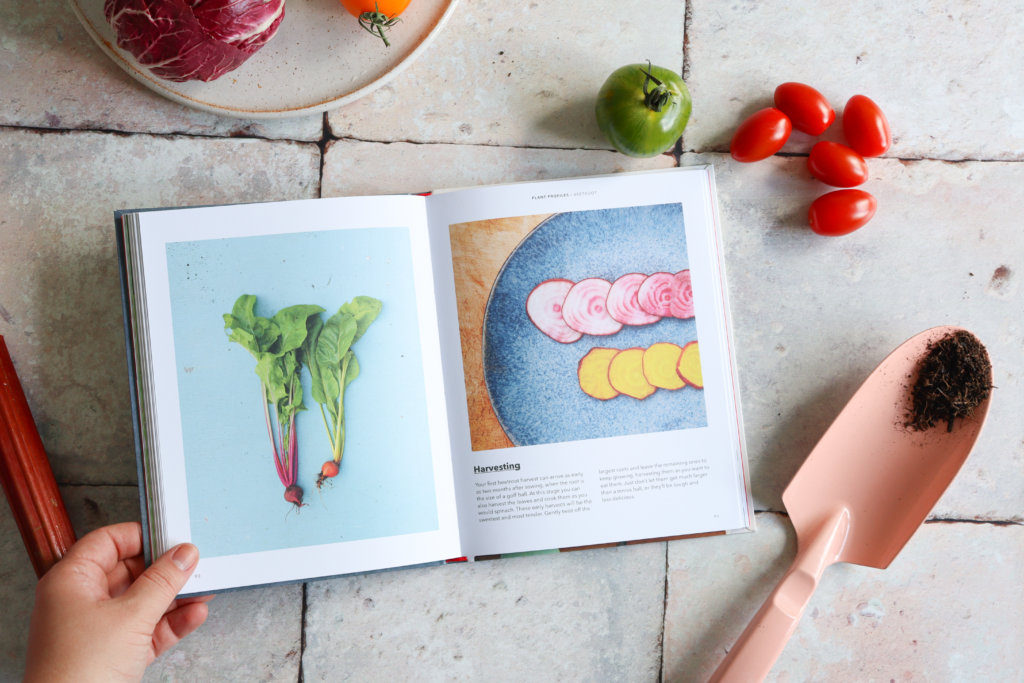

How to Grow Your Dinner: Without Leaving the House is out now. Text by Claire Ratinon and cover by Rita Platts.
Posted on September 10, 2020
